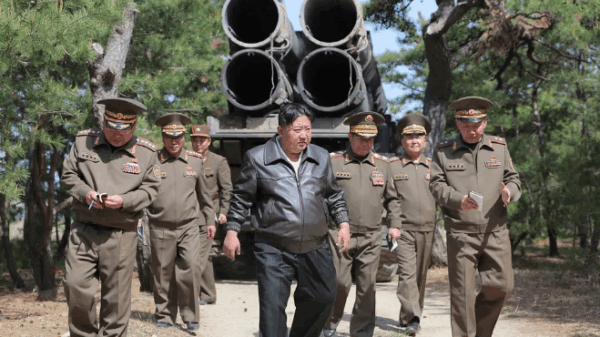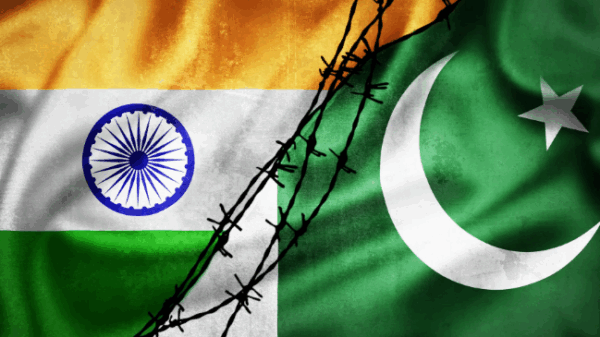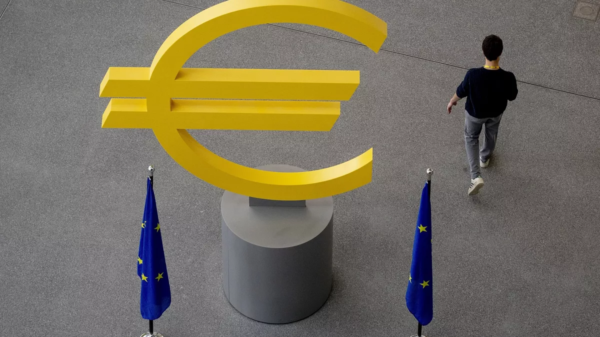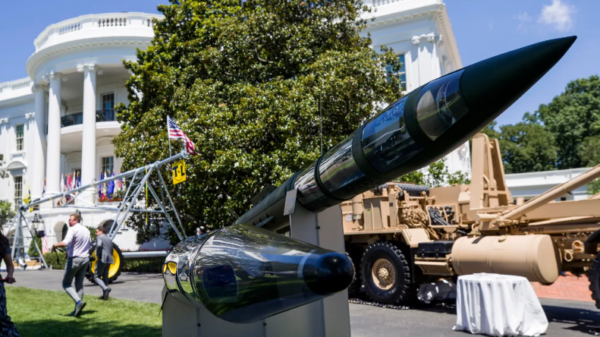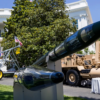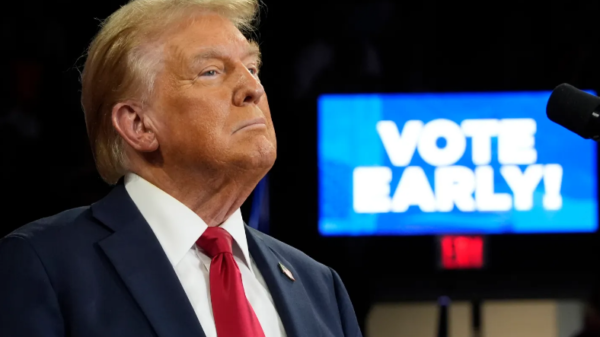A letter from former U.S. President Donald Trump to Iran’s Supreme Leader Ayatollah Ali Khamenei has reached Tehran, aiming to revive negotiations over Iran’s expanding nuclear program. The letter’s arrival coincides with new U.S. sanctions on Iran and Trump’s renewed warnings that military action remains on the table.
While the exact contents of the letter remain undisclosed, Trump confirmed in a televised interview that he urged Iran to negotiate, warning that military intervention would be a “terrible thing.” This marks another attempt by the former president to engage with Tehran, despite years of escalating tensions between the two nations.
Mixed Reactions from Iran
Iran’s response has been divided. Khamenei has publicly dismissed the idea of talks with what he called a “bullying government.” However, Iranian diplomats, including Foreign Minister Abbas Araghchi, initially suggested that discussions about Iran’s nuclear ambitions and guarantees against weaponization could be possible. Shortly after, Araghchi hardened his stance, stating that negotiations could not take place under U.S. pressure.
Despite Khamenei’s rejection of dialogue, Araghchi still met with the Emirati diplomat who delivered Trump’s letter, leaving room for speculation about Iran’s true stance.
Concerns Over Iran’s Nuclear Program
Iran has long claimed its nuclear program is for peaceful purposes, but Western nations remain skeptical. Currently, Iran is enriching uranium at 60% purity—far beyond the 3.67% limit set by the 2015 nuclear deal and dangerously close to weapons-grade levels. According to the International Atomic Energy Agency (IAEA), Iran’s uranium stockpile now exceeds 18,000 pounds, significantly surpassing the deal’s restrictions.
U.S. intelligence agencies have not confirmed that Iran is actively pursuing nuclear weapons but warn that the country is positioning itself to do so if it chooses.
Decades of U.S.-Iran Hostility
The strained relationship between the U.S. and Iran dates back to the 1979 Islamic Revolution, which overthrew U.S.-backed Shah Mohammad Reza Pahlavi. That same year, Iranian students seized the U.S. Embassy in Tehran, leading to a 444-day hostage crisis that severed diplomatic ties.
The subsequent Iran-Iraq war saw the U.S. support Saddam Hussein, further deepening hostilities. In 1988, tensions escalated when the U.S. Navy shot down an Iranian passenger plane, killing all 290 people on board.
In 2015, relations briefly improved when Iran signed a nuclear agreement with world powers, limiting its enrichment in exchange for sanctions relief. However, Trump’s withdrawal from the deal in 2018 reignited hostilities, leading to years of escalating sanctions, military confrontations, and nuclear advancements.
What’s Next?
Trump’s letter highlights a familiar pattern—attempting to pressure Iran into talks while maintaining the threat of military action. Whether Tehran will engage remains uncertain. As Iran continues to advance its nuclear program, and with the specter of military conflict looming, the delicate balance between diplomacy and confrontation persists.


